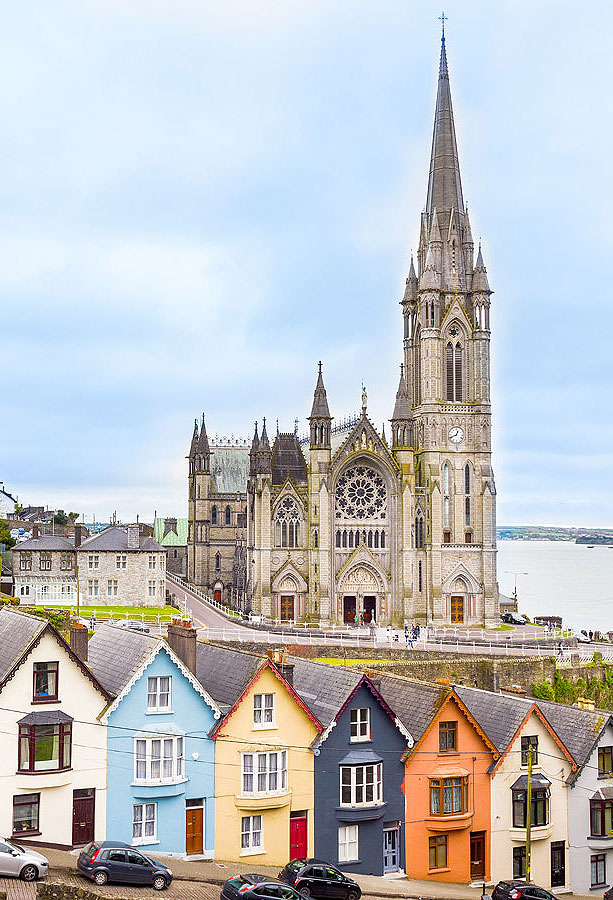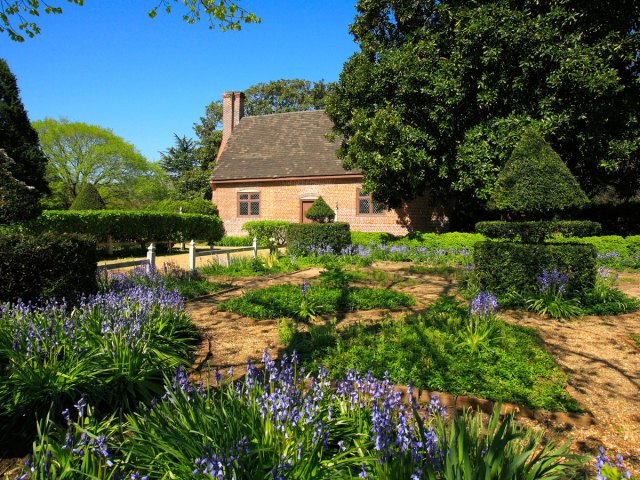Dressing up in costume and trick-or-treating may be the most popular way to celebrate Halloween in the United States, but Halloween traditions take on many forms from country to country. While the holiday itself is less commonly celebrated across the globe, many nations stage their own similar festivals that occur on or around October 31. From ringing in the harvest to honoring those who have passed away, get into the Halloween spirit with these six fascinating local fêtes from around the world.
Samhain – Ireland
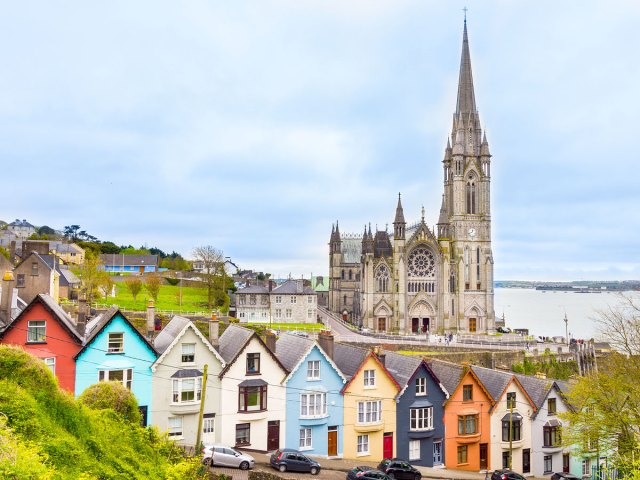
The holiday we know today as Halloween has roots in Samhain. This pagan religious festival was first observed by the ancient Celtic peoples who occupied modern-day Ireland thousands of years ago. Samhain, which begins on October 31 and lasts until sunset on November 1, marks the end of the harvest season, when celebrants gather to usher in “the dark half of the year.” Revelers believe that barriers between the physical and spirit worlds break down on Samhain, thus allowing for closer interaction between the living and the dead.
Though it’s not observed as widely today, Samhain remains popular in Ireland. Celebrants gather to pay their respects to the departed with bonfires and sacrifices, and people nail special crosses above their doors to ward off bad luck in the coming year. A Samhain tradition known as mumming — an early precursor to trick-or-treating — dates to ancient times, when Celts wore animal skins to scare off phantoms. This inspired children to dress up in costume, go door-to-door singing songs, and receive cakes as payment.
Día de los Muertos – Mexico
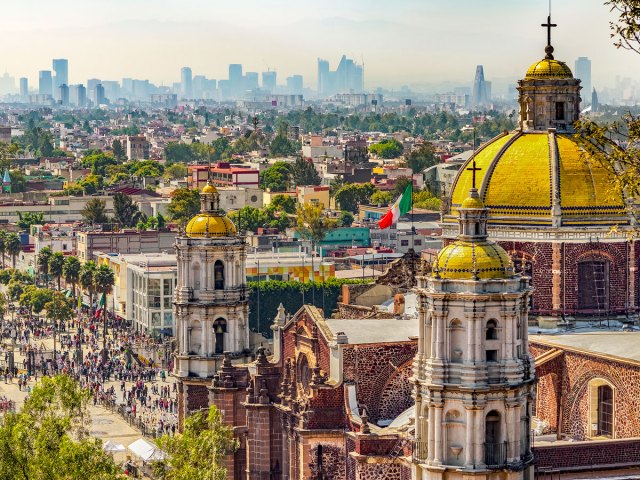
Día de los Muertos (Day of the Dead) is celebrated in Mexico and other parts of Latin America during the first two days of November. The celebration coincides with All Saints’ Day on November 1 — a day to honor the souls of departed children — and All Souls’ Day on November 2, which pays homage to dearly departed adults. Day of the Dead is full of rich symbolism, as many homes adorn celebratory altars with skulls, flowers, and other decorations.
Some of the more popular symbolic items include skulls made of sugar, meringue powder, and water. They are meant to honor the departed, with the sugar representing the sweetness of life. Bright orange marigolds, known as the “flower of the dead,” are thought to help guide souls back home to visit. Colorful perforated paper often hangs from the ceiling representing the fragility of life, and photos of deceased relatives are prominently displayed. There’s also pan de muerto (bread of the dead), an important and delicious part of the festivities that’s typically sweet and lightly flavored with orange blossom and anise.
Fèt Gede – Haiti
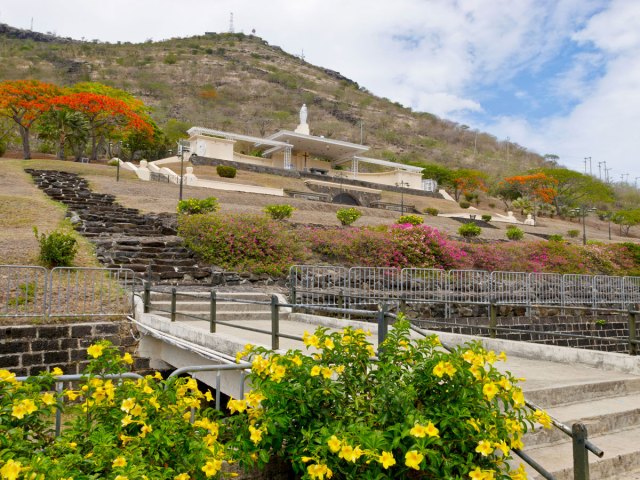
On November 1 and 2, Haiti celebrates Fèt Gede, a festival that also pays respects to departed loved ones. The event is marked by parades with revelers dressed up as spirits known as gede. Voodoo practitioners are said to contact the dead in the days leading up to the holiday in order to transform them into the costumed gede seen along the parade route. Participants often wear white and purple outfits, though are careful to avoid the color red which indicates responsibility for someone’s death.
Papa Gede is a particularly important figure on this holiday. Known for smoking cigars, he wears a top hat and often dons sunglasses with only one lens, suggesting his ability to see into both the physical and spiritual worlds. The largest celebration of Fèt Gede takes place in the Grand Cemetery of Haiti’s capital city, Port-au-Prince. The festival typically features spicy local fare and strong alcoholic beverages.
Pangangaluluwa – The Philippines

Pangangaluluwa is the Tagalog term for a practice known as “souling.” On the nights leading up to October 31, this Philippine tradition sees both adults and children travel throughout local neighborhoods pretending to be lost souls that are stuck in purgatory. Pangangaluluwa first became popular throughout the early 1900s, and though it’s less frequently celebrated today, it remains an important tradition in many Philippine villages.
People who partake in “souling” often sing songs in search of a local rice cake called biko. This traditional dessert features a combination of glutinous rice, coconut milk, and sugar. Indigenous Filippinos believe rice symbolically connects the living and the dead, hence the importance of biko on this holiday. A common tradition on the holiday is for celebrants to wrap it in a banana leaf and then lower the treat from a window down to the “lost souls” below.
Ognissanti – Italy
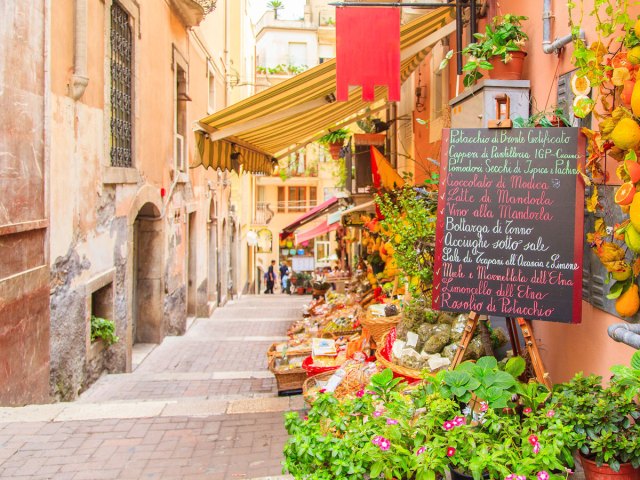
Ognissanti is an Italian tradition dating back to the fourth century CE. It is celebrated on November 1, otherwise known as All Saints’ Day. The feast of Ognissanti honors those departed saints, though celebrations differ depending on the region. In Sicily, the dead are believed to appear on the night of November 1 and bring candy to well-behaved children. In Sardinia, children travel from house to house and ask for an offering from the departed, while in Rome, people eat meals near the graves of long lost relatives.
An important culinary element of Ognissanti are cookies shaped like fava beans that are known as fave dei morti (fava beans of the dead). In many Mediterranean cultures, beans have long been associated with the afterlife, and in ancient Rome, they were offered as gifts to Hades, god of the underworld. Today, chefs create tasty cookies in the shape of beans to keep this tradition alive, and children roam the streets in search of this sweet treat.
Día de las Brujas – Spain
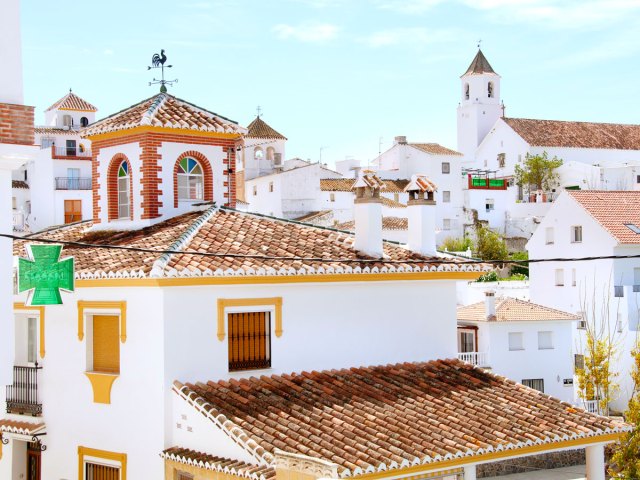
Spain’s three-day Halloween celebration kicks off with Día de las Brujas (Day of the Witches) on October 31. Different regions of Spain celebrate this holiday in a variety of ways. In Malaga, locals dress up as zombies and trudge through the city “hunting brains,” whereas in Galicia, people carve pumpkins and have bonfires while drinking a special alcoholic beverage called queimada. Invented in the 1950s, the drink combines brandy, sugar, coffee beans, and lemon zest — and it’s sometimes straight drunk out of a pumpkin.
On November 1, the Spanish celebrate Día de Todos los Santos (All Saints’ Day), which honors the Virgin Mary and other Catholic saints. On this day, it’s traditional to witness a performance of Don Juan Tenorio, a play about the romantic character Don Juan. Celebrants also consume huesos de santo (saint’s bones), a sweet treat made from marzipan and sweetened egg yolk. The country’s three-day celebration culminates on November 2 with Spain’s own version of Día de los Muertos, during which people visit the graves of the deceased and lay flowers at their gravestones.
More from our network
Daily Passport is part of Optimism, which publishes content that uplifts, informs, and inspires.






